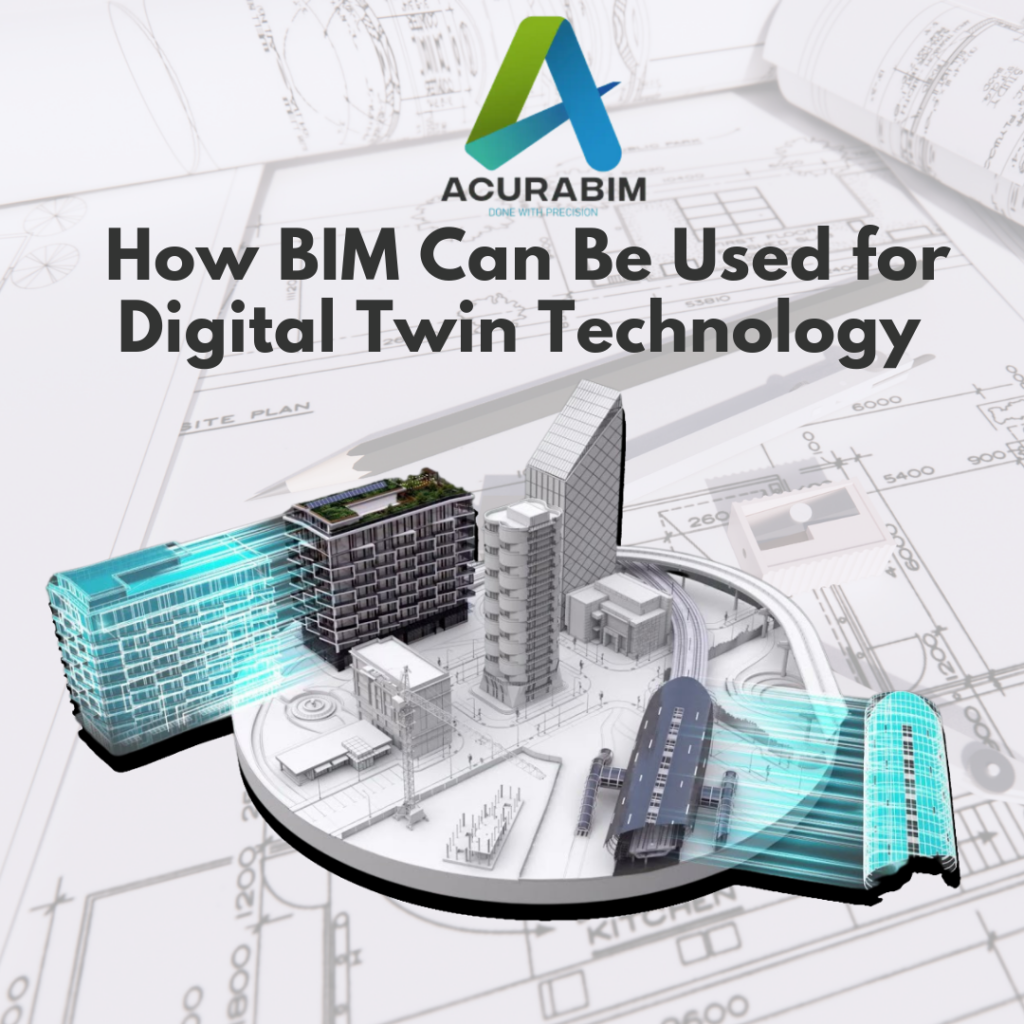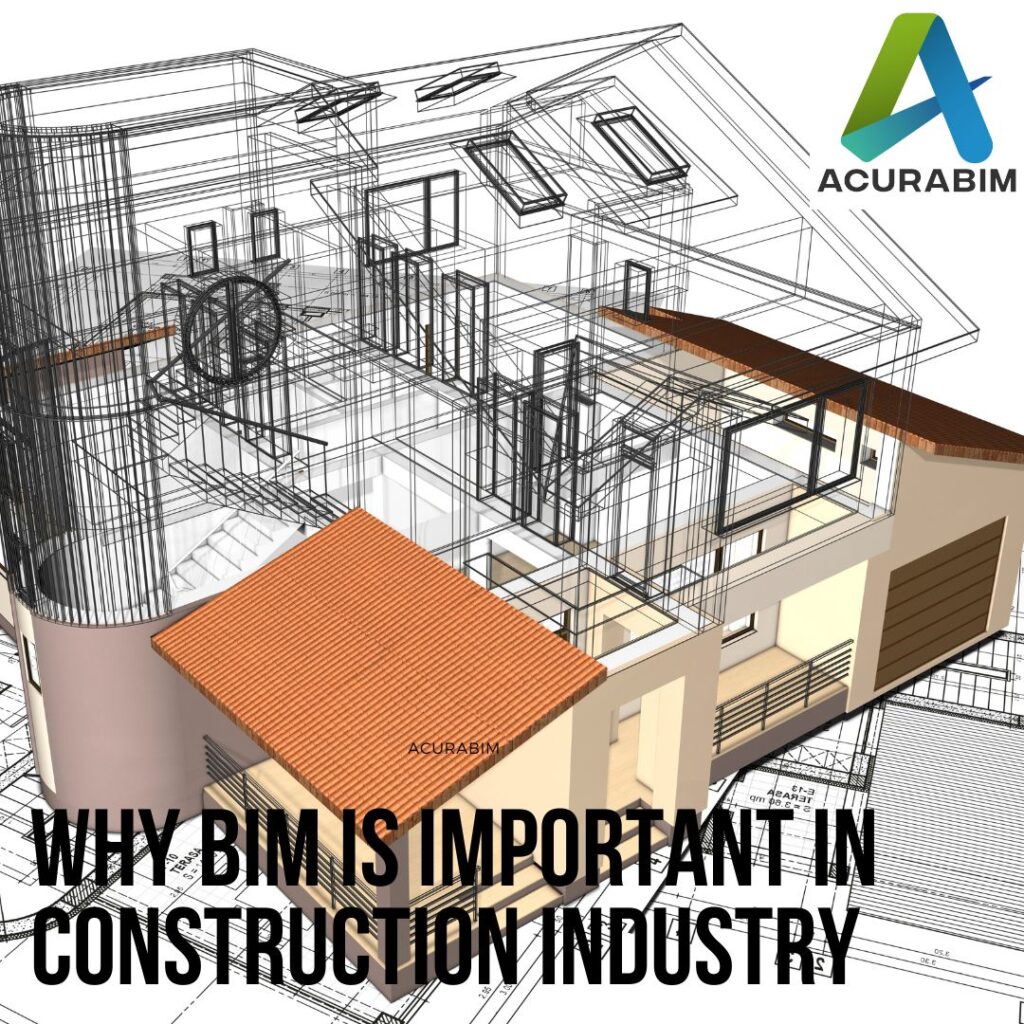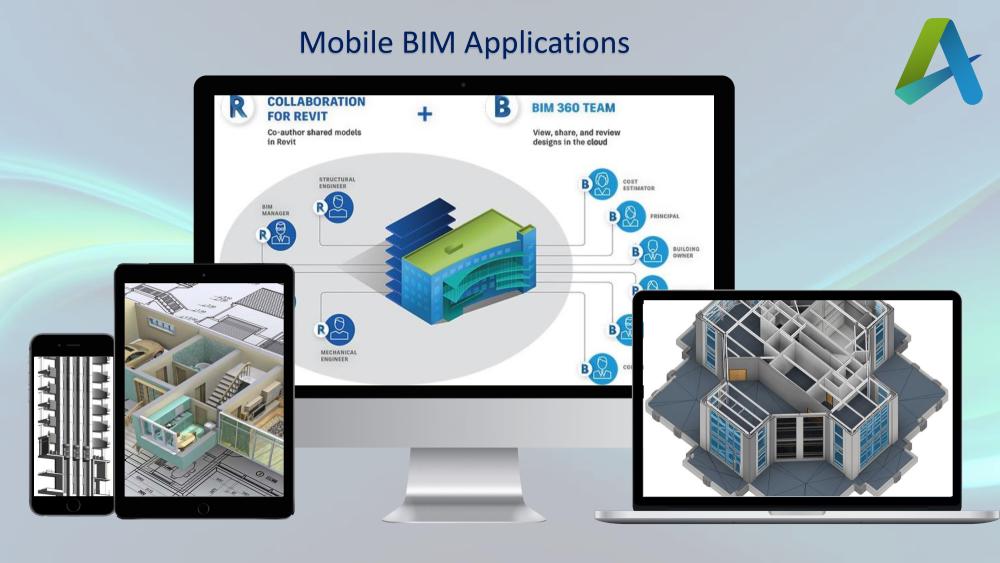How BIM can be use for digital twin technology : unlocking the future of smart buildings
1. Introduction: Understanding the Intersection of BIM and Digital Twin Technology Building Information Modeling (BIM) and Digital Twin Technology are reshaping how we design, construct, and manage buildings. As the world embraces smart building systems, these technologies enable real-time data integration, advanced simulations, and predictive maintenance, leading to more efficient and sustainable building practices. While BIM provides a digital representation of a building’s physical and functional characteristics, Digital Twin Technology goes a step further by creating a real-time virtual replica of the building. This synergy enables stakeholders to make data-driven decisions and optimize building performance throughout its lifecycle. 2. What is Building Information Modeling (BIM)? BIM is a process that involves creating and managing digital representations of physical spaces. It integrates both the physical and functional aspects of a building, offering detailed insights into its design, structure, and systems. BIM allows architects, engineers, and contractors to collaborate in real-time, reducing errors, streamlining workflows, and improving the overall efficiency of construction projects. The data stored within a BIM model is constantly updated, providing a reliable source of information throughout the building’s lifespan, from planning and construction to facility management. 3. Exploring Digital Twin Technology Digital Twin Technology refers to the creation of a virtual replica of a physical object or system, in this case, a building. This virtual model continuously receives data from the real world, allowing it to mirror the performance, condition, and behavior of its physical counterpart. Digital twins can be used to monitor and analyze various aspects of a building, such as energy consumption, structural health, and operational efficiency. By integrating real-time data and predictive analytics, digital twins provide actionable insights that enhance decision-making and optimize building management. 4. How BIM Supports the Creation of Digital Twins BIM serves as the foundational data source for creating digital twins. By using the detailed models and information captured within a BIM system, digital twins can be populated with real-time data from sensors and IoT devices installed in the building. This allows the digital twin to remain in sync with its physical counterpart, providing an accurate, dynamic representation. BIM’s ability to model and simulate building systems is essential for creating digital twins that are not only reflective of the physical environment but also capable of predicting future performance and identifying potential issues before they arise. 5. Benefits of Integrating BIM with Digital Twin Technology Combining BIM and Digital Twin Technology brings several advantages, including enhanced collaboration, improved building performance, and long-term cost savings. The integration allows for better coordination between different teams throughout the building lifecycle. With a digital twin powered by BIM data, stakeholders can simulate and test different scenarios before implementation, leading to fewer surprises and less waste. Furthermore, continuous monitoring of the building’s performance through the digital twin allows for proactive maintenance, reducing downtime and increasing the building’s lifespan. 6. How BIM Enables Real-Time Monitoring with Digital Twins Real-time monitoring is one of the key benefits of combining BIM with Digital Twin Technology. BIM provides the digital foundation for the building’s structure, while digital twins enable real-time tracking of various systems such as HVAC, lighting, and security. By integrating Internet of Things (IoT) sensors and data analytics, digital twins allow facility managers to monitor building performance in real-time, enabling quick identification and resolution of issues. This continuous flow of data can improve energy efficiency, reduce operating costs, and create more sustainable building environments. 7. The Role of 3D Visualization in BIM and Digital Twins 3D visualization plays a crucial role in both BIM and Digital Twin Technology. For BIM, 3D models allow designers and engineers to visualize the building in a detailed, interactive format, aiding in design decisions and construction planning. When combined with Digital Twin Technology, 3D visualizations evolve to represent the real-time condition of a building, providing a dynamic view of its operation. This immersive visualization enhances collaboration, improves communication, and helps stakeholders understand complex data, making it easier to identify areas for improvement or necessary upgrades. 8. Application of BIM for Digital Twin Technology in Construction In construction, BIM is used to create detailed models that serve as the foundation for building design and execution. By incorporating digital twin technology, construction projects benefit from more accurate forecasting and planning. The digital twin can simulate various construction processes, helping to identify potential conflicts or inefficiencies before work begins. Furthermore, it provides a valuable tool for project monitoring, as it can track progress in real-time and compare it with the planned schedule, ensuring the project stays on track. 9. The Role of IoT and Sensors in Enhancing BIM-based Digital Twins IoT devices and sensors enhance BIM-based digital twins by providing real-time data streams. These sensors, embedded in a building’s systems, capture information such as temperature, humidity, energy usage, and occupancy. The data is then fed into the digital twin, providing an accurate representation of the building’s current performance. By analyzing this data, facility managers can optimize building systems for efficiency, predict maintenance needs, and ensure a safer, more sustainable environment. 10. How BIM and Digital Twin Technology Improve Facility Management BIM-based digital twins play a critical role in facility management by streamlining operations and improving building maintenance. The integration of real-time data from IoT sensors allows facility managers to monitor systems such as heating, ventilation, and air conditioning (HVAC), lighting, and security. By analyzing this data, digital twins provide actionable insights, helping managers to optimize energy usage, improve comfort levels for occupants, and predict when maintenance or repairs are required. This leads to a more efficient and cost-effective facility management strategy. 11. The Benefits of BIM-based Digital Twins in Sustainability BIM-based digital twins can significantly contribute to sustainability efforts. By continuously monitoring a building’s performance and simulating different scenarios, digital twins allow for more efficient energy usage and waste reduction. This helps to minimize the building’s carbon footprint and overall environmental impact. Furthermore, digital twins can aid in identifying areas for energy efficiency improvements, optimizing building systems, and even predicting the best materials and methods to
How BIM can be use for digital twin technology : unlocking the future of smart buildings Read More »




